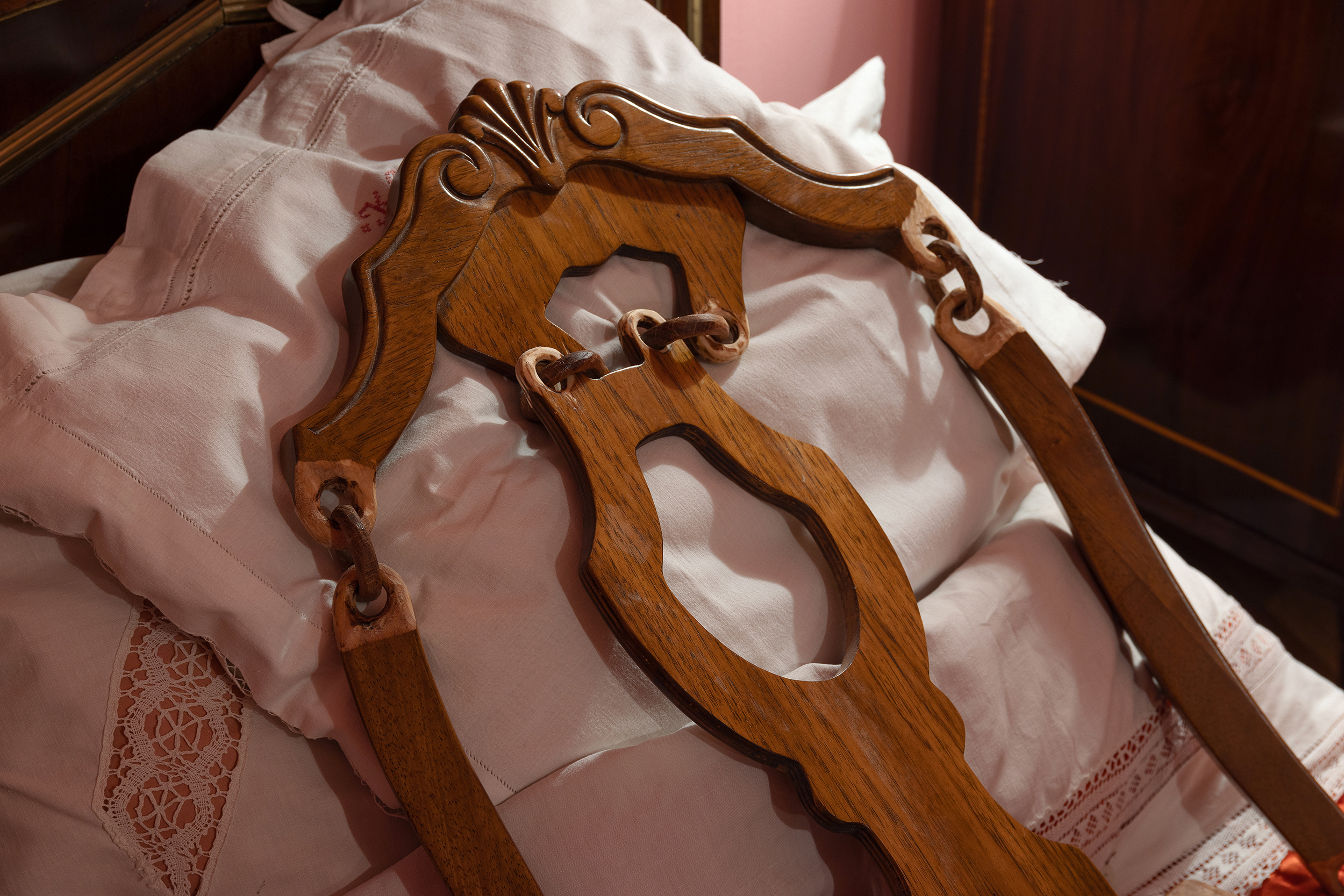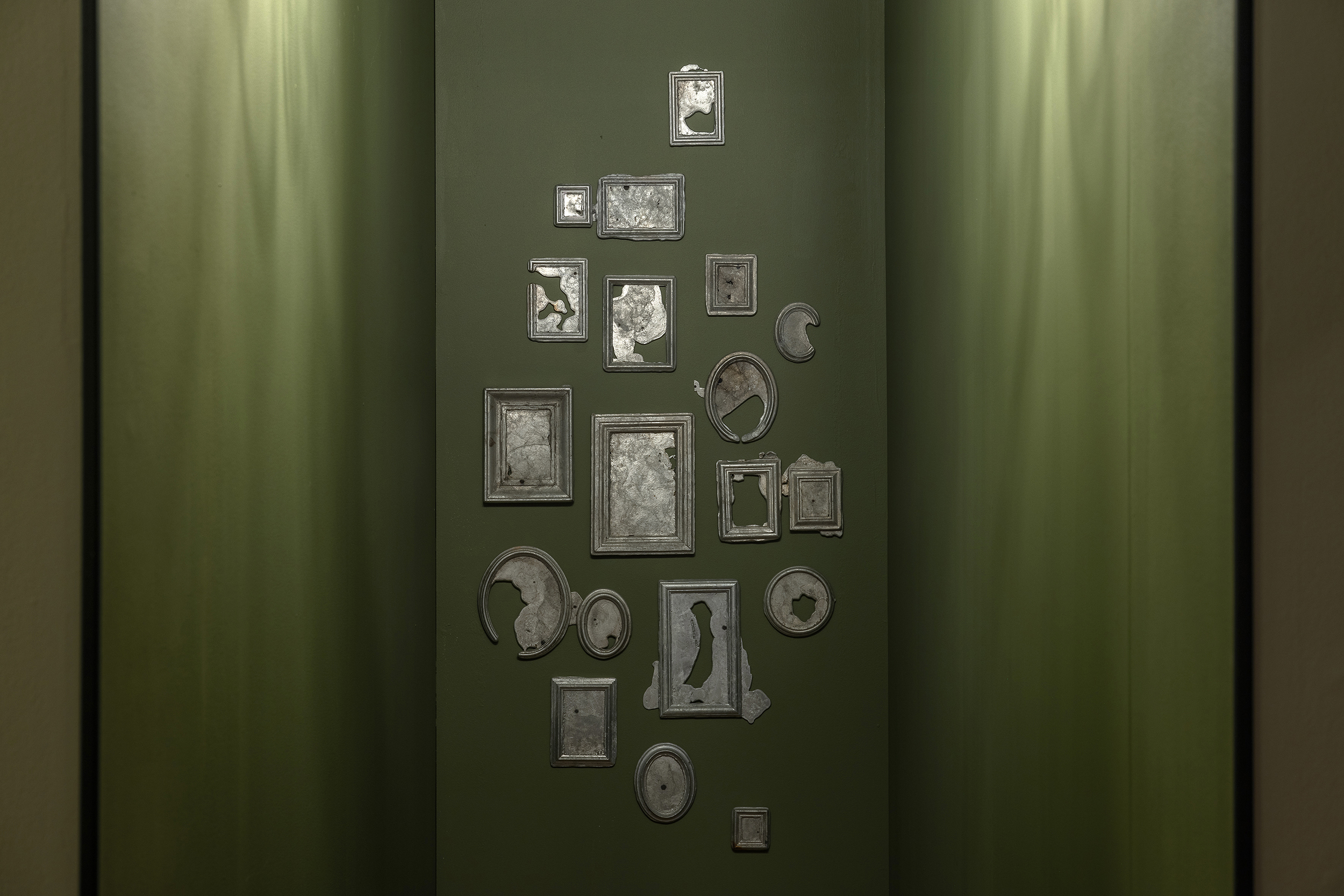Craft operates in an in-between space, neither purely art nor design, transcending opposition, and positioning itself on a spectrum resistant to the normative. It is simultaneously ancient and forward-looking, rooted in traditional handcraft while intersecting with technology and engineering, architecture, music, etc. It masterfully combines both legwork and handwork. In recent years, a realisation dawned on me: the essence of craft (also known as applied arts), as a broader field connecting material based and led disciplines, might be best understood through the lens of queerness.
Thinking of a recent exhibition by Johanna Ulfsak, Guiding Threads (2024), at Draakon Gallery in Tallinn, both the exhibition and the artist herself embody a shift within the field of textile arts – a reflection of internal frictions, transformations and perhaps evolving trends. At its core, Guiding Threads presents a sincere, tastefully poetic middle finger to the hierarchies that constrain the art world, challenging categories of practice, material use, and age-old gender norms. The contrasts in Guiding Threads form a tapestry of juxtapositions – soft and hard materials, hand-spun and industrial threads, the feminine role of a spinster versus masculine carpentry – that reveal blurred boundaries rather than rigid binaries. This dissolution of the binary is emblematic of interdisciplinarity. Makers working in the multilingual, liminal field of craft – a domain heteronormative metrics fail to define adequately – create a non-binary measure.
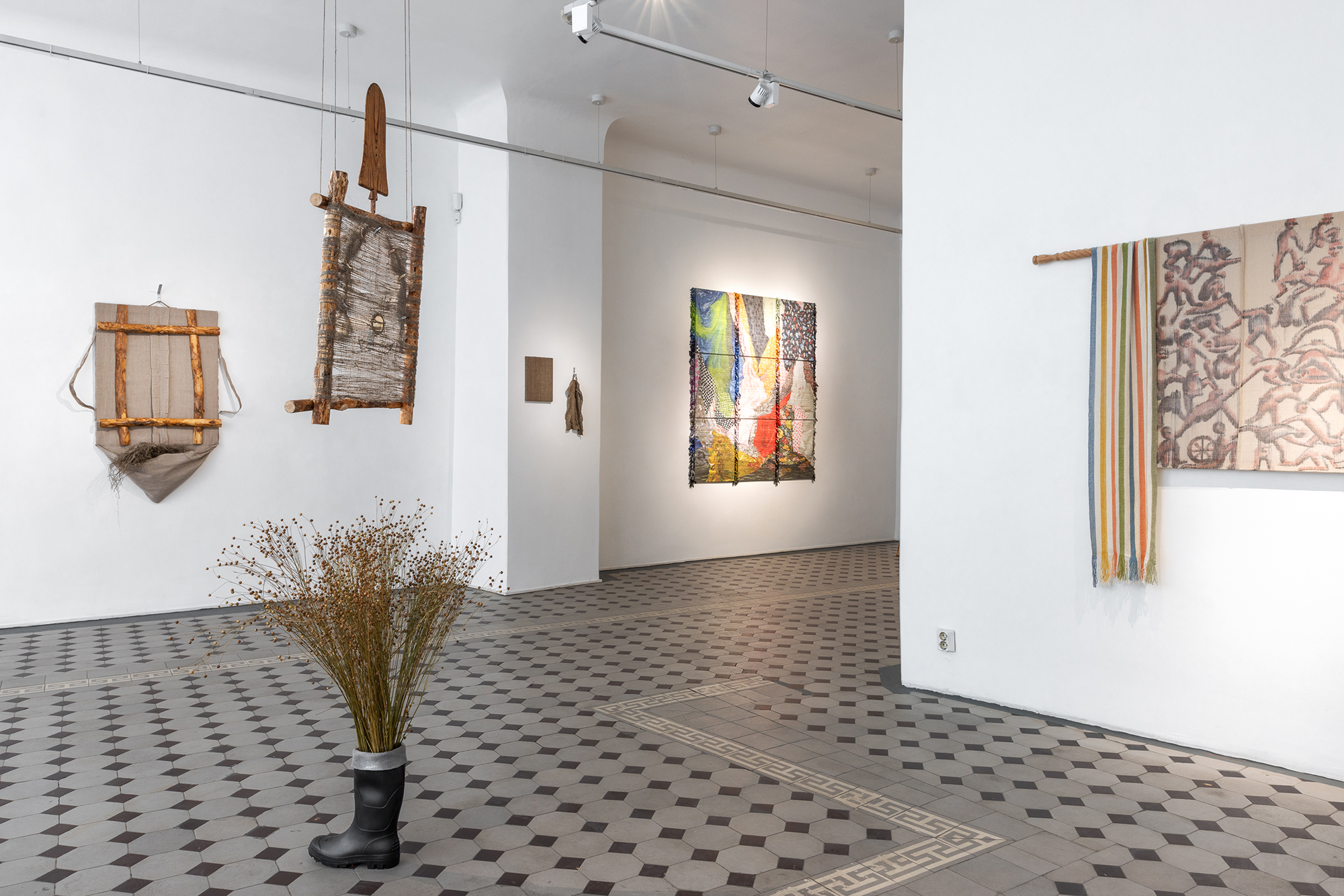
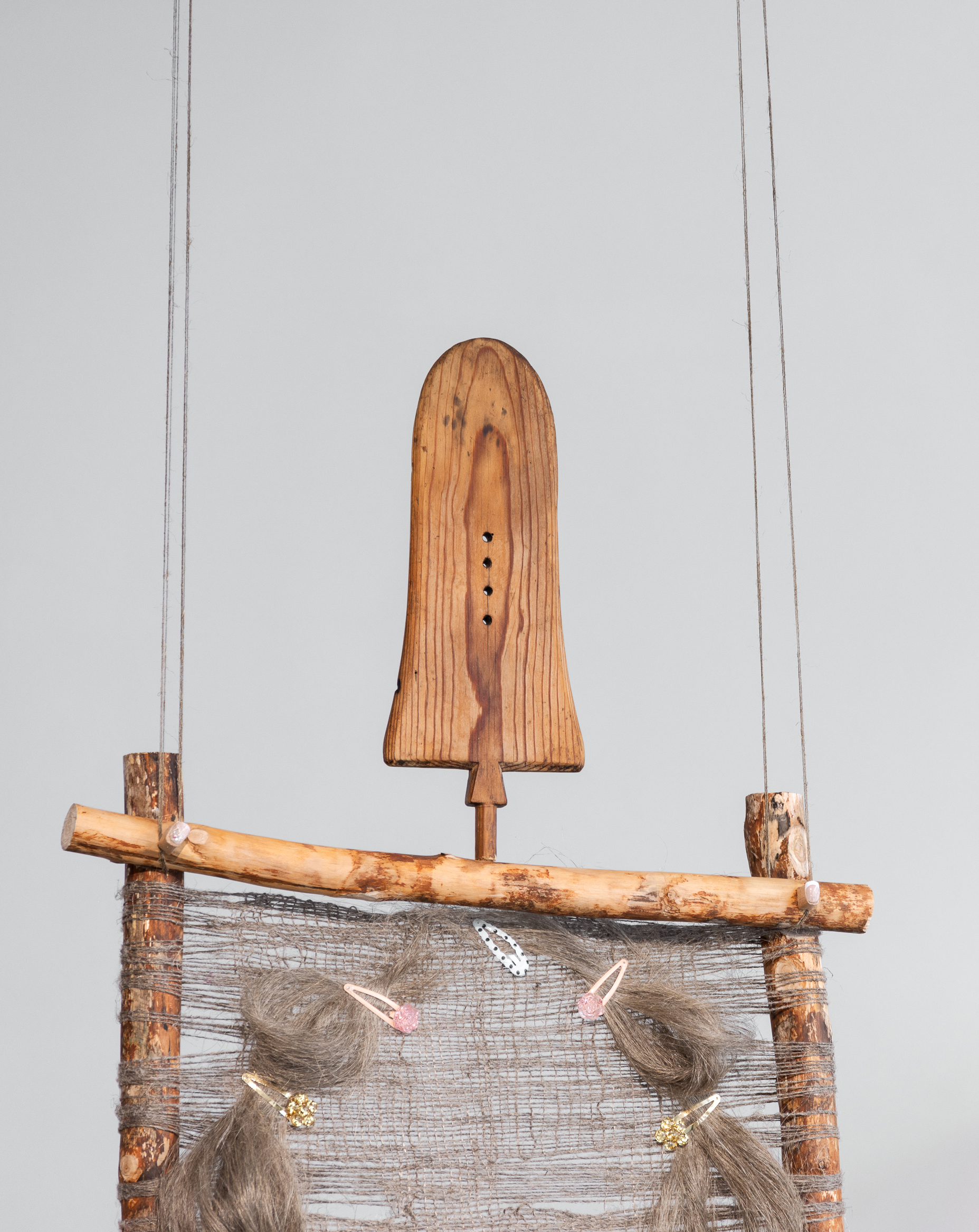
I was reminded of In Praise of Legwork, a text by Eik Hermann
Dividing crafts along gender lines has always been problematic. In Estonia, textile art may be considered a female practice, whereas, in parts of the East, it is solemnly for male craftsmen. A spinster could be regarded as a derogatory term (man-less woman) or a maker of respect – an independent, self-sustaining, and skilful individual. Along the hierarchies, ironically, painting – often upheld as the pinnacle of “fine art” – is the most handcraft-based decorative art of all, despite historical narratives and if great men would not tell us differently. Like textiles, in Western culture, all craft mediums have been relegated to lower positions, partially in relation to functionality or the histories of manufacturing and knowledge, but also by the threat to modern masculinity.
Additionally, influenced by José Esteban Muñoz’s Cruising Utopia
Muñoz, J. E. 2009. Cruising Utopia. New York and London: New York University Press.
Ulfsak also acknowledges the profound influence of Ursula K. Le Guin and The Carrier Bag Theory of Fiction
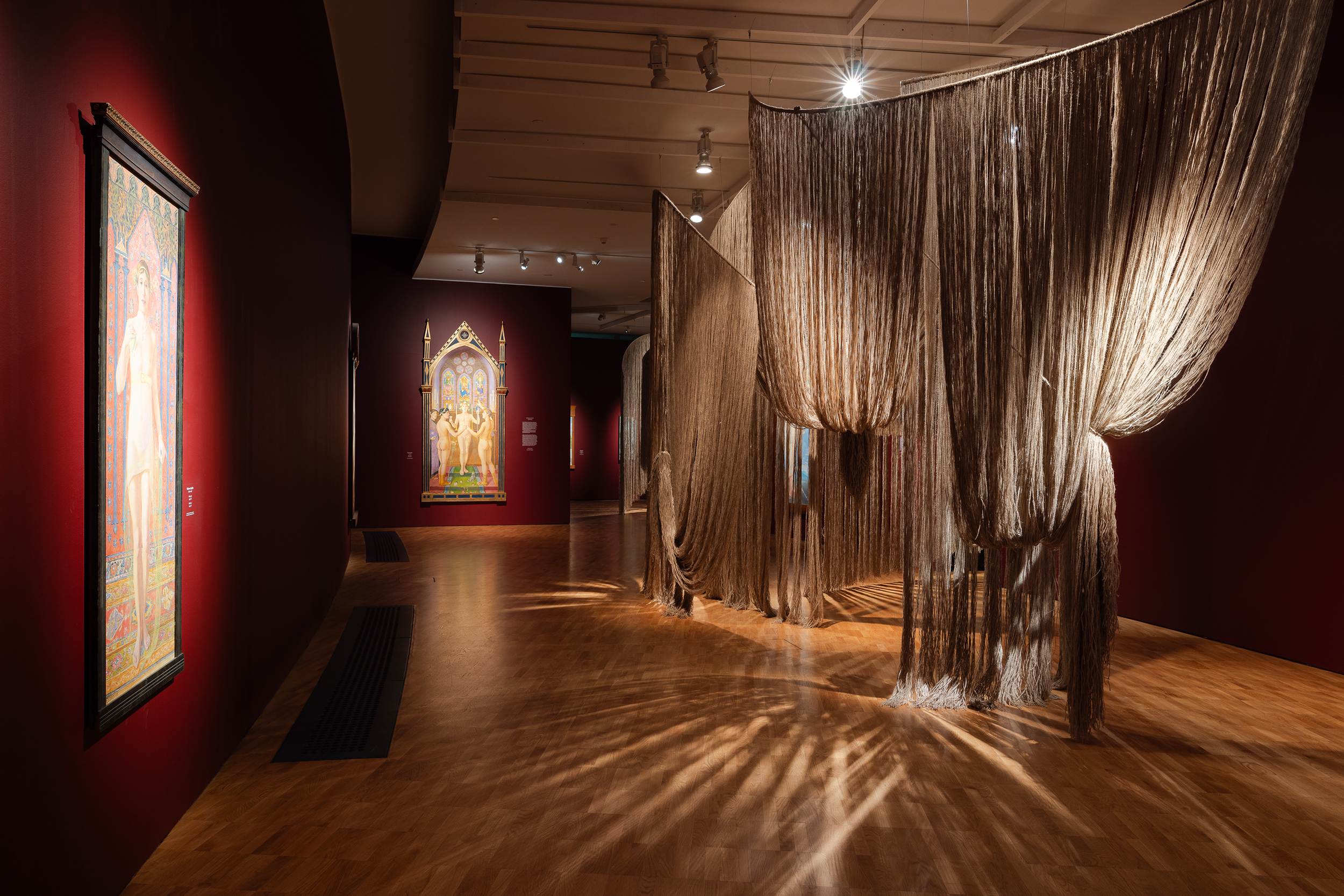
At the centre of Guiding Threads stood Nooruk (which translates as youth), a figure defying gender norms – a new non-binary hero. This figure serves as a guide – flax seeds in their boots and linen-blond hair in pigtails – our ancestor, a shapeshifting trickster embodying creativity, technological innovation, and queerness itself. Nooruk reflects Ulfsak’s hybrid artistic identity, where folk practices, handcraft, DIY culture, and applied and contemporary arts converge.
A compelling parallel emerges in Karl Joonas Alamaa’s installation Limited Fun (created for the exhibition Elisarion. Elisàr von Kupffer and Jaanus Samma), exhibited at KUMU Art Museum in 2024. The 45 kilometres of jute rope ignites a critical dialogue as “mundane” material disrupts traditional notions of privilege and exclusivity in art. It continues their practice and exploration of “soft” mediums, honouring craft as activism and shared collective language, woven through local cultural landscapes. Alamaa often disregards conventional formats and embraces bold material combinations while expanding ways of exhibiting and occupying space.
It is worth noting how the perceived value of material shifts dramatically depending on its context – fluctuating between being deemed worthless or priceless. Despite claims of radical openness, the art world still clings to old canons. Hierarchies are still present. The “erected spear” of fine art remains dominant, propping up heteronormative structures in education, funding modules and art history narratives. Yet, Ulfsak and Alamaa counter with narratives embracing the non-binary and interdisciplinarity nature of the craft. The hybridity and in-betweenness are also revealed in the work of Urmas Lüüs, a blacksmith who bridges theory and practice. His work embodies the non-binary and futuring, directly related to material intelligence, monotone repetitions, and exceptional manual skill. Lüüs’ practice finds equal footing in any context, from design education to object-oriented performances. His current exhibition, The Life and Death of Mr. N, at KUMU Art Museum, is an ode to the hand, things, craft, and storytelling.
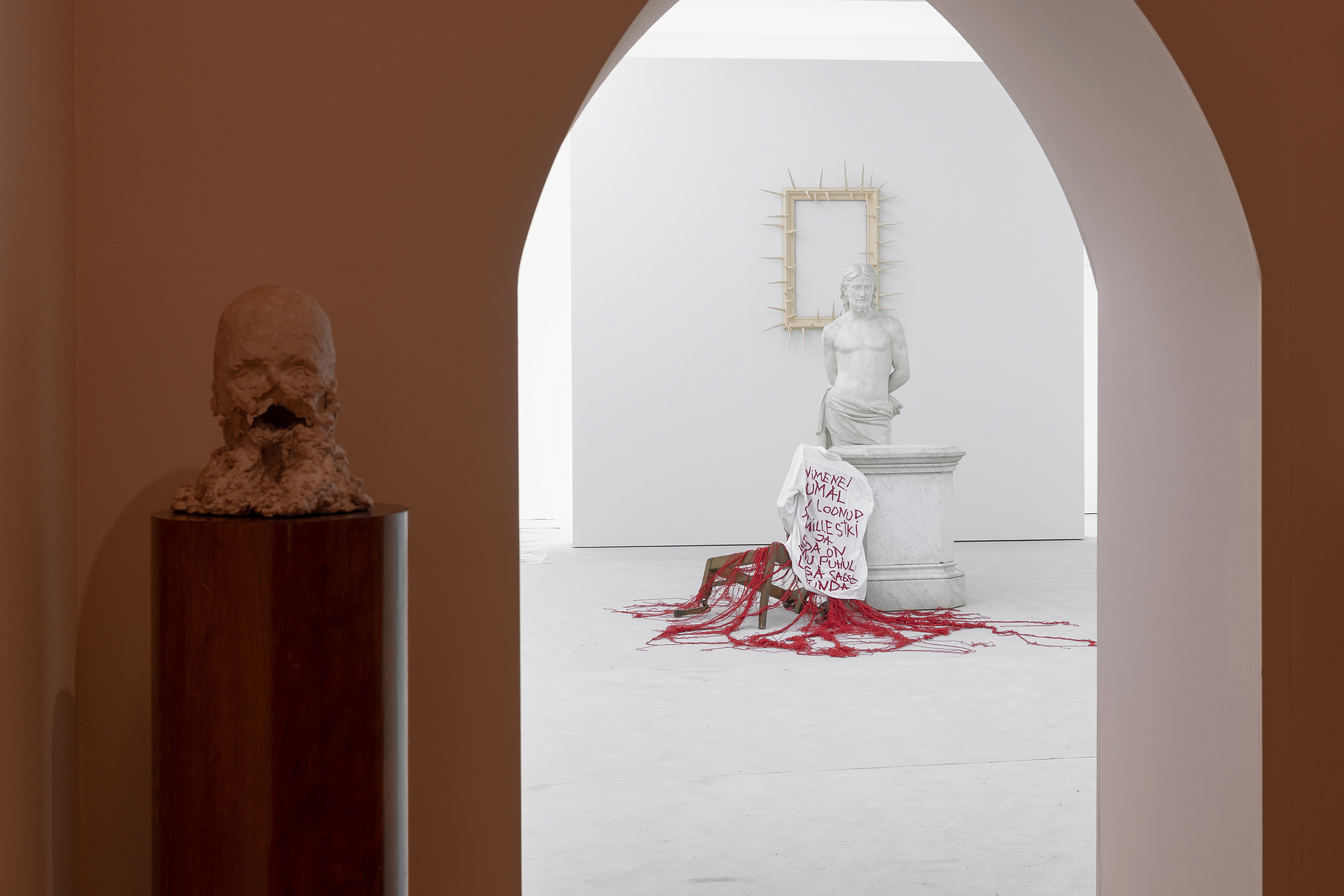
Craft, in its queerness, challenges rigid hierarchies and invites us to embrace a world of fluidity, reciprocity, and innovation. What would change if we celebrated the shift along the odd makers, whose practices are rooted in independence and freedom from norms and linearity? These threads will likely continue to unravel in most peculiar ways.
